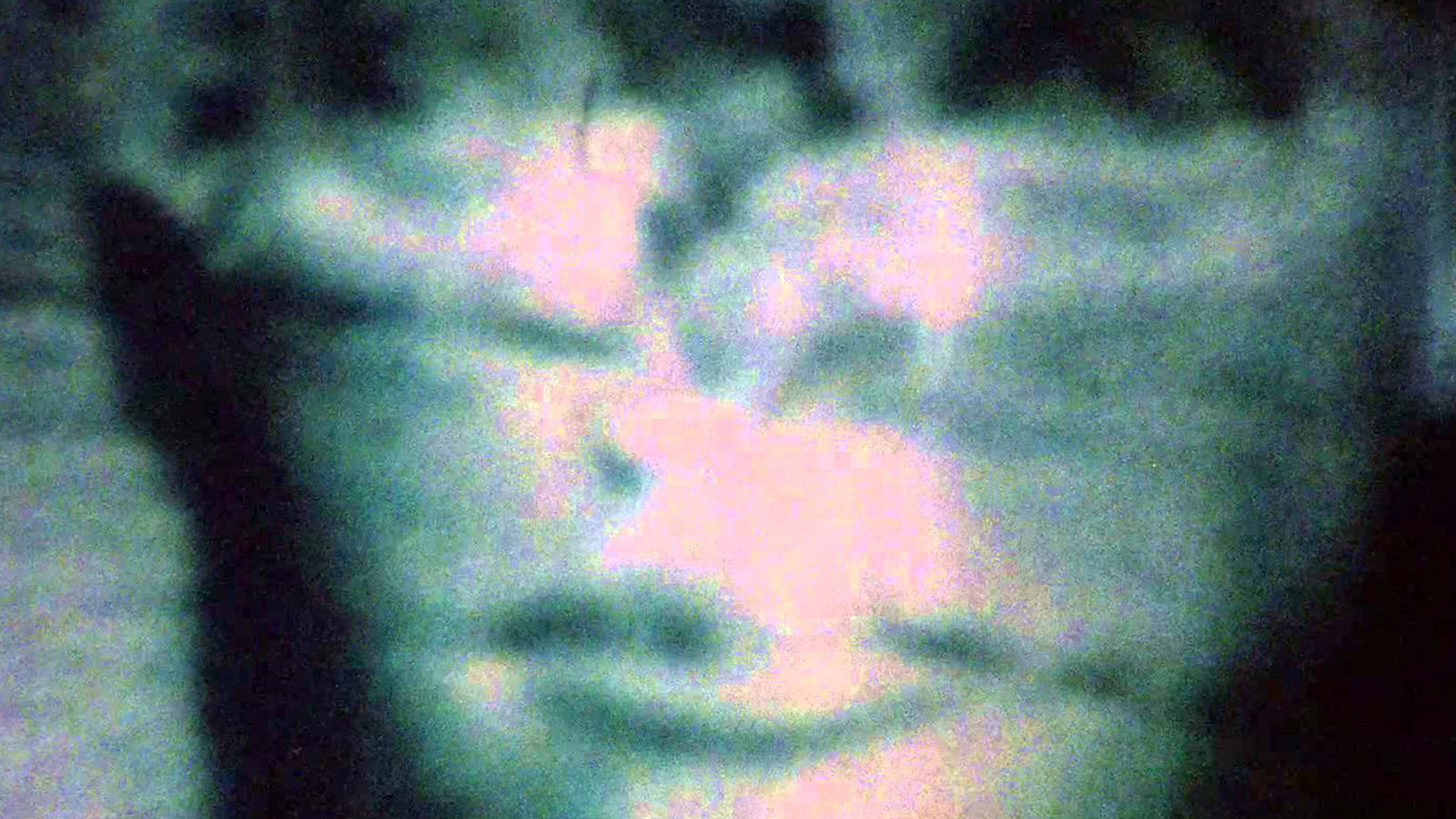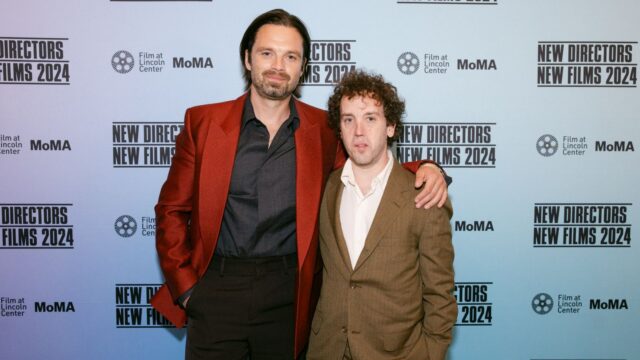Riddles of the Sphinx

One of the most widely read film essays ever written, Laura Mulvey’s “Visual Pleasure and Narrative Cinema” is best remembered for its critique of the male gaze, but it was also a call to action, enjoining readers to experience “the thrill that comes from leaving the past behind without rejecting it, transcending outworn or oppressive forms, or daring to break with normal pleasurable expectations in order to conceive a new language of desire.” Riddles of the Sphinx, a classic of feminist cinema, offers precisely this, and recalls the work of Rainer in the way its theoretical inquiry shades brilliantly into filmmaking practice. Divided into 13 sections, and employing a distinctive formal vocabulary of 360-degree pans as well as an elliptical electronic score by Soft Machine’s Mike Ratledge, the film is an experimental treatise on motherhood in relation to the myth of Oedipus and the Sphinx.






